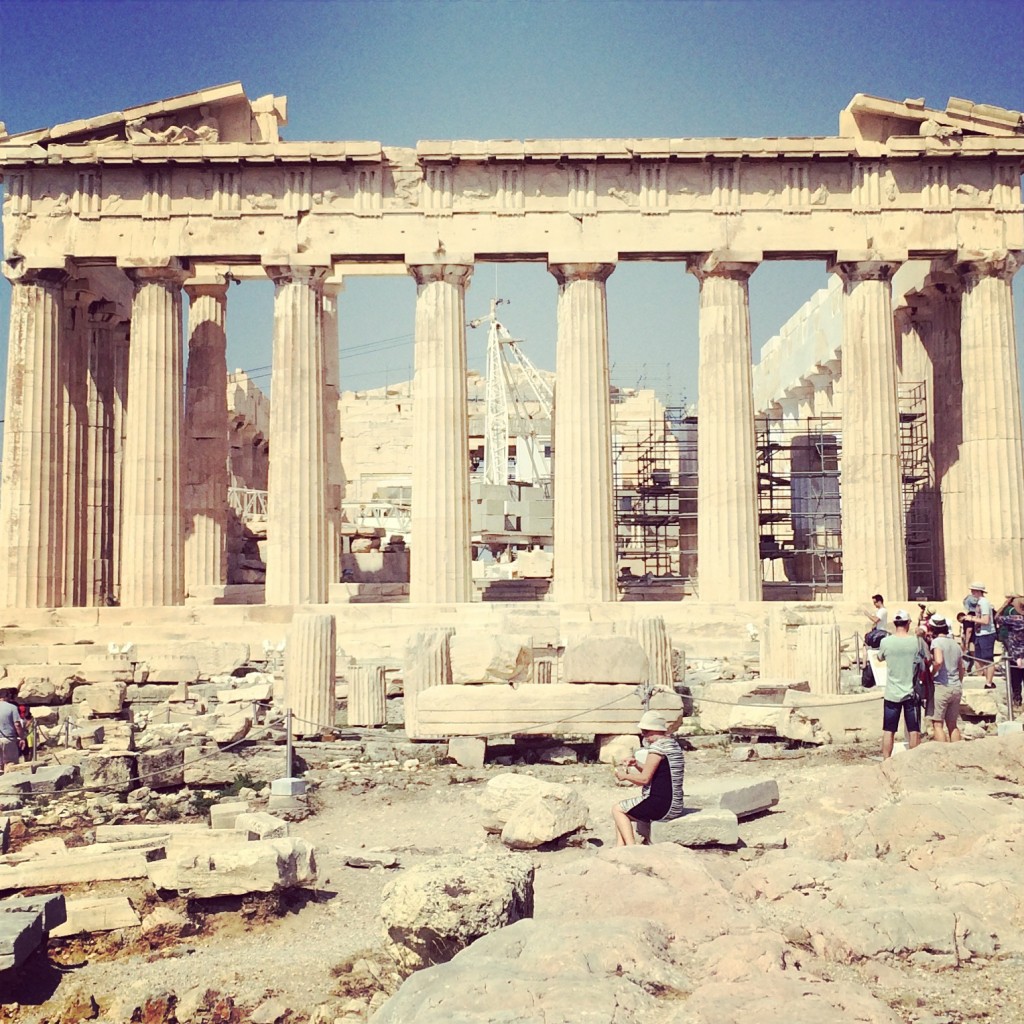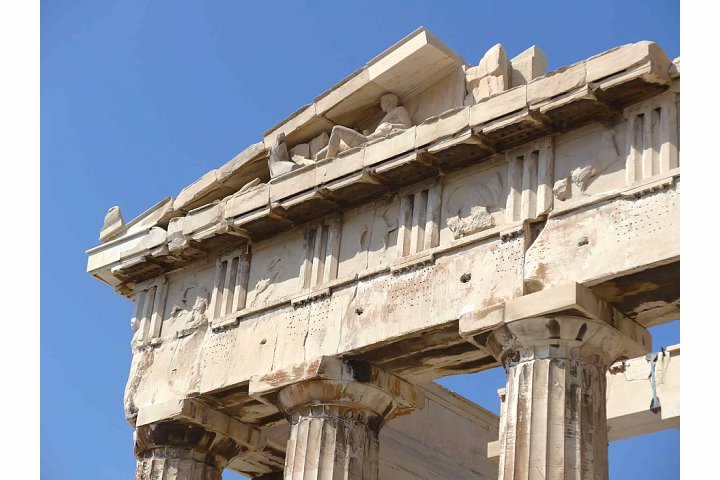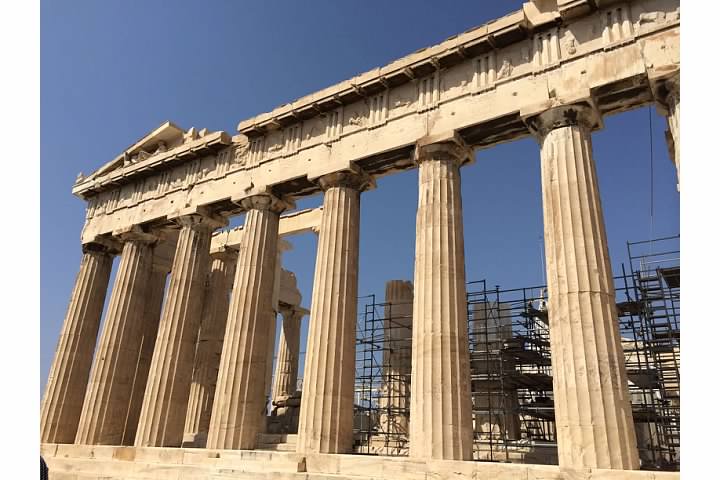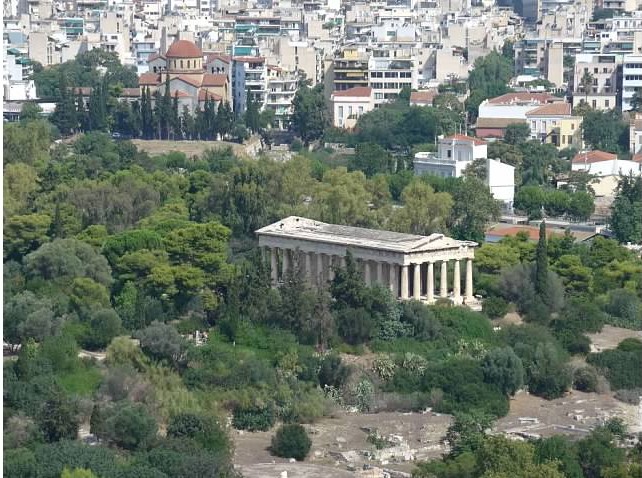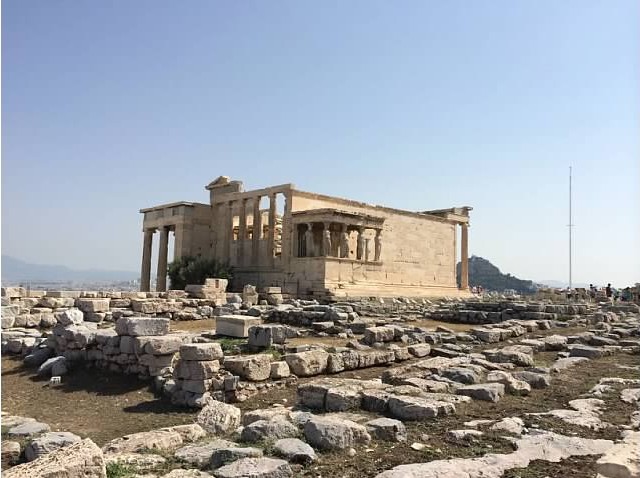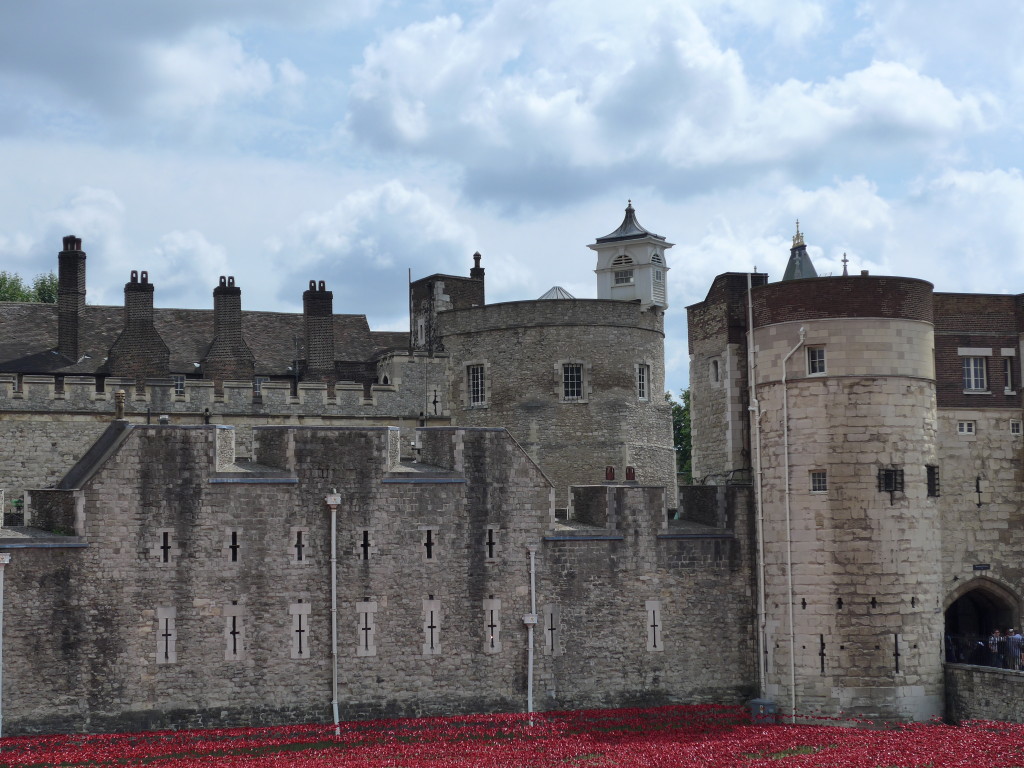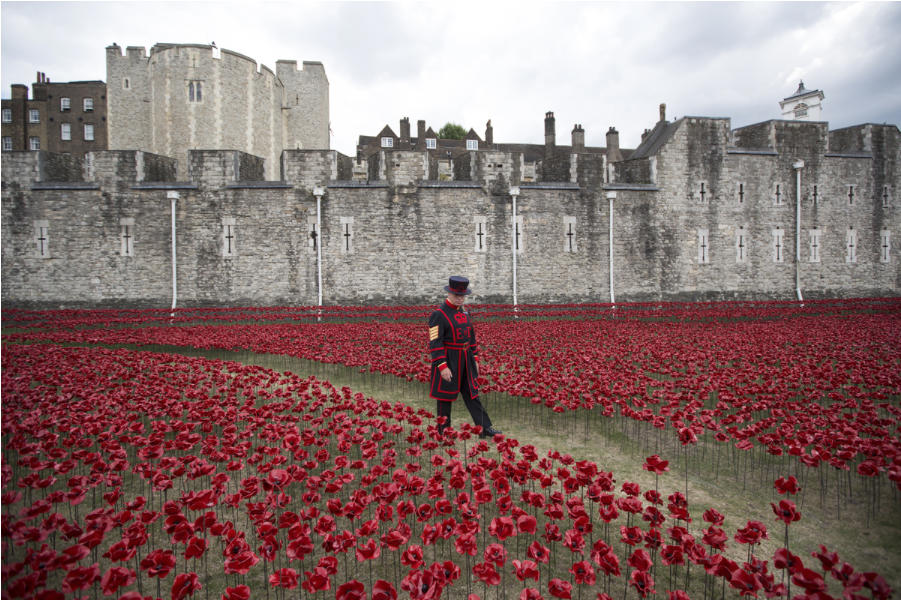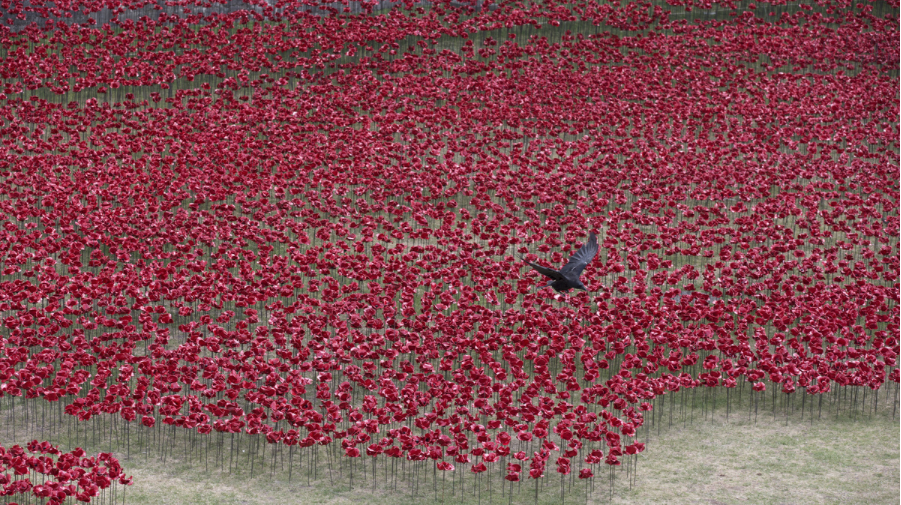I recently traveled to Greece for the first time and was completely blown away by the Acropolis in Athens. As an art history major in college, learning about the Parthenon and all of its High Classical attributes adorning the columns, pediments, and friezes, was paramount to a proper understanding of subsequent art and architecture. But that was looking at slides and reciting facts for an exam. Actually standing there, grasping the physicality of its scale, the enormity of its impact on Ancient Greece, is an entirely different experience. Taking fifteen years to construct, the Parthenon, a temple dedicated to the goddess Athena, was completed around 432 BC. In the centuries to follow the monument witnessed wars and changing reigns, suffered collateral damage from a cannon blast, lost marbles from looters, and served as a temple, a mosque, and a church. Today, the Parthenon remains (albeit partially) an emblem of Greek mythology, of Western civilization, a pinnacle of classical Greek architecture, and a symbol of the ideals of democracy, order, and philosophy. These pillars are preserved to remind us of an era that fostered the ideas we still reference today – the Socratic method, the Pythagorean theorem, and Plato’s Republic to name a few.
This and the other incredible temples on the Acropolis were and are undoubtedly architectural wonders. Part of the mastery and perfection of the Parthenon, though, lies in the imperfections – the optical illusion of straight lines and right angles actually comes from the slight curving and tapering of each column, deliberate imprecisions to make the temple appear lighter and more beautiful.
When old age shall this generation waste,Thou shalt remain, in midst of other woeThan ours, a friend to man, to whom thou sayst,“Beauty is truth, truth beauty,” – that is allYe know on earth, and all ye need to know.– John Keats Ode on a Grecian Urn, Line 46-50
After Greece I stopped over in London for a few days. Thoughts of history and her monuments were still on my mind so I decided to tour the Tower of London. Built in 1078 by William the Conqueror, the fortress still stands today as the edifice of the powerful, proud, often brutal legacy of the England’s monarchy. The towers housed royals and executed traitors and withstood invasion, destruction, and restoration.
While I mostly wanted to see inside the rooms where medieval kings slept and the prison towers that held Anne Boelyn and Thomas Moore, I was enamored with a surprising art installation cropping up around the exterior walls… Contemporary artist Paul Cummins uses the imposing site to reflect on England’s more recent history: World War I. To commemorate the 100th anniversary, Cummins selected the flowers that became emblematic of The Great War – the red poppies of Flanders fields. For every Allied soldier who lost his life during WWI, Cummins has ‘planted’ a red ceramic poppy in the ground. 800,000 red poppies in total. Each flower is impressive individually, but collectively they spill out from the tower walls as one blood-red reminder that no victory comes without costs. Read more here.
In Flanders fields the poppies blow
Between the crosses, row on row
That mark our place; and in the sky
The larks, still bravely singing, fly
Scarce heard among the guns below.
We are the Dead. Short days ago
We lived, felt dawn, saw sunset glow,
Loved and were loved, and now we lie
in Flanders fields.
Take up our quarrel with the foe:
To you from failing hands we throw
The torch; be yours to hold it high.
If ye break faith with us who die
We shall not sleep, though poppies grow
In Flanders fields
-John McCrae, In Flanders Fields, 1915
One cannot contemplate history without, of course, considering the wars fought and lives lost. As generations pass and cultures change these fortresses and monuments remain as relics of the powers that arose and fell before us. There is a lineage to architectural sites, even if they are crumbling, and we visit them to acknowledge their importance, to stand where kings and philosophers stood, to see where battles were fought, to get a sense of what past lives were like. If history teaches us anything it is there will again be war, over religion or land or power, but there will also be preservation, reflection, and creation.
